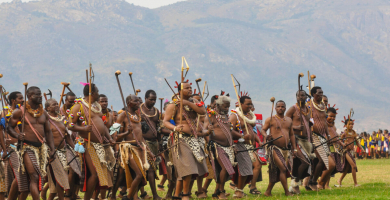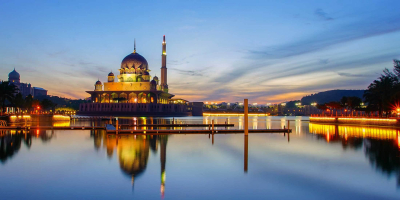Top 7 Guatemalan Culture, Customs and Etiquette
Guatemala is a nation with a diverse range of traditional cultures, including the ancient Maya and the Garifuna who reside in coastal villages. In a nation ... read more...barely larger than Louisiana, the art and traditions of Guatemala span millennia and a landscape that encompasses sputtering volcanoes, scorching tropical coasts, deep jungles, and frigid highlands. Here are some things to know about the Guatemalan Culture, Customs and Etiquette.
-
Many of the Maya civilization's major towns, including Tikal and El Mirador, were created and later abandoned in Guatemala, which is often regarded as their birthplace. Up until about 1000 AD, the Mayans controlled the region that is now Guatemala. Nobody is exactly sure what led to the destruction of Guatemala's magnificent Mayan towns. After they vanished, it took the Spanish another 500 years to finally set foot in America.
Presently, Guatemala is home to roughly 40% of indigenous people, the bulk of whom are Mayans. Of the 23 Mayan groups that have been officially recognized in the nation, K'iche, Kaqchikel, Mam, and Q'eqchi' are the four most well-known. Additionally, the Xinca make up around 0.5% of the population and are not Mayan. Although Spanish is the official language of Guatemala, more than 20 other languages are still widely used. In the highlands, there are 21 different Mayan languages spoken, while two other languages are also spoken along the Caribbean coast. Original Americans frequently talk in their native tongue, even in urban environments. However, the government did not formally acknowledge these languages until 2003.
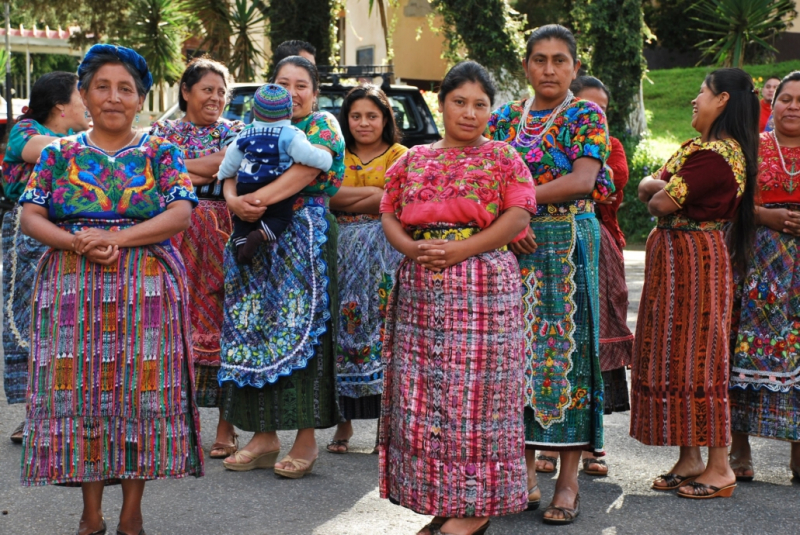
borgenproject.org 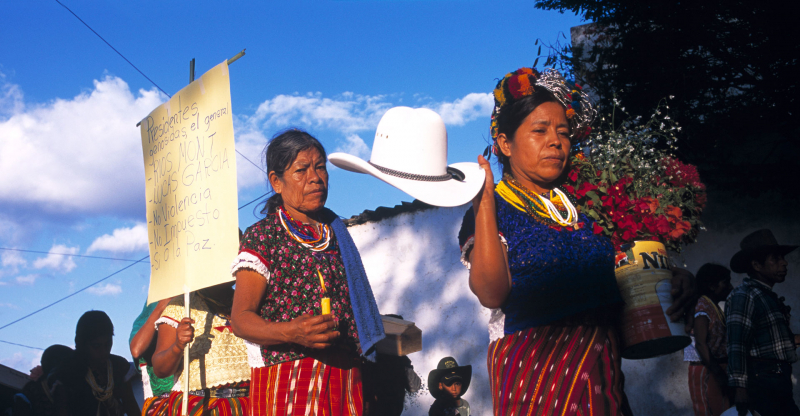
iwgia.org -
Guatemalan culture comes to life with sound throughout the six weeks of lent, especially during Semana Santa, when celebration processions are at their height. Groups of people are accompanied by somber wind and percussion music as they drag heavy floats around the town. Usually, there are also lots of crosses, costumes, and incense.
The Maya played a range of wind and percussion instruments, according to what is known about their music. The wind instruments, which mostly comprised of whistles and ocarinas, a miniature flute, were fashioned of cane or bone. Wooden drums covered in deer hides, rattles, and guiros—open-ended gourds that can be stroked to produce a ratcheting sound—were among the percussion instruments used.
The marimba is the musical instrument most associated with Guatemala. The existence of marimbas is first recorded in the late 17th century in what is now Antigua. These resemble huge xylophones in appearance, although they are primarily made of wood. Diatonic wooden bar rows are struck with mallets by several players, typically three or four.
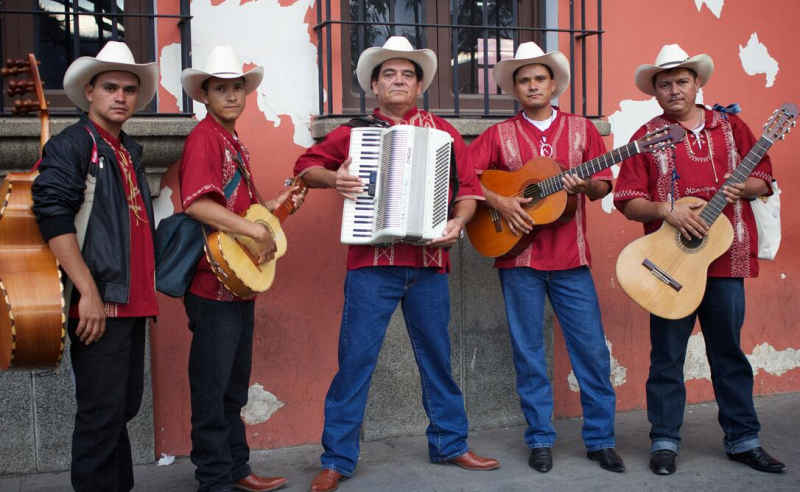
timedictionary.com 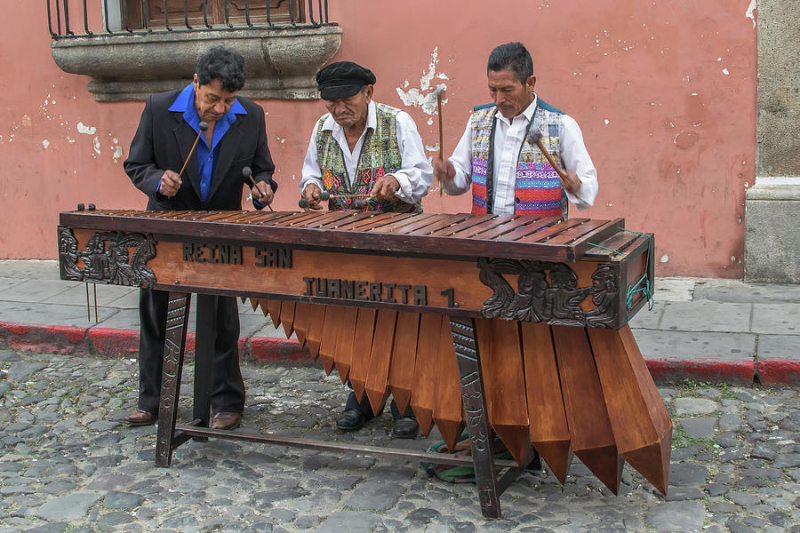
pixels.com -
Large murals and stelae, which are sizable, free-standing stone engravings, made up the majority of ancient Mayan art. The Bonampak site in Mexico has the best preserved Mayan murals in existence today, but there are also others in Guatemala. The Quirigua Maya stelae are undoubtedly the most spectacular Maya ruins still standing in the area. Quirigua lies in southern Guatemala.
The majority of Guatemalan painters remained unidentified in the centuries that followed colonization. However, two stand out: the Black Jesus of Esquipulas sculpture by Quirio Catao and the paintings by Thomas de Merlo, both of which are on display at Antigua's Museo de Arte Colonial. Carlos Mérida, the most well-known artist from Guatemala, lived to be almost 100 years old (1891 to 1984). Despite having studied painting in Paris, his style combined American themes with European elements to create Indigenista art. Throughout his lifetime, his art moved through several stages, including geometric, surrealist, and figurative. Most of it is housed in the Museum of Modern Art in Guatemala City. Additionally, he created paintings in Guatemala City.
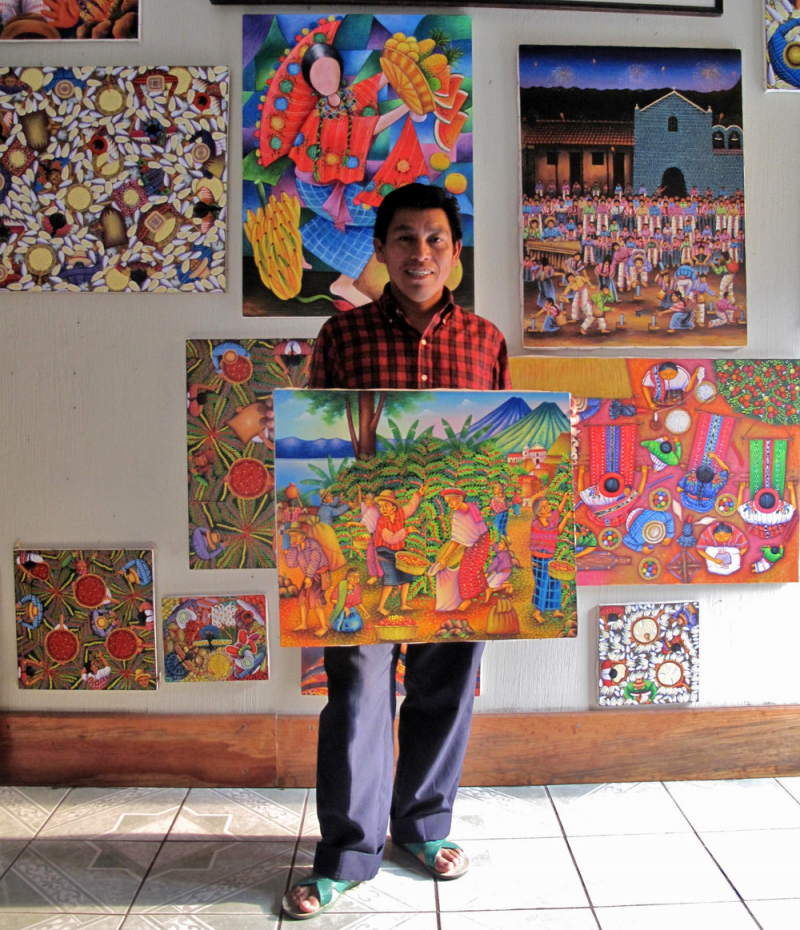
guatemayaartandcultureconnection.com 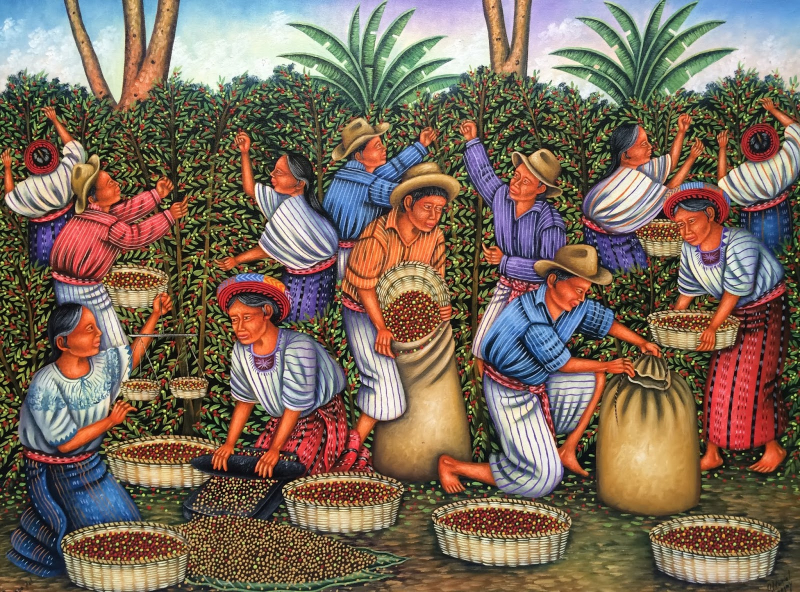
guatemalaartandcultureconnection.blogspot.com -
A huipil is a blouse for women that is typically hand-woven on a backstrap loom. Some of them require months to produce because they are so intricate. Each one is distinctively designed with artistic patterns and symbols, such as maize, intriguing creatures, or forms like diamonds. The climate of a region will determine how thick the huipil is there.
Cortes, or skirts, are frequently created by males and are more likely to be woven on foot-powered looms. These wrap-around skirts are made by sewing together many pieces of fabric to form a tube, then wrapping the extra fabric around your body and folding it into pleats. Each corte is supposed to last for years, and the cloth is often fairly thick. The extremely ornamental belts known as fajas are used to support women's cortes. They are often handwoven or embroidered and range in length from six to nine feet. The belts can be up to a foot broad or as thin as a few inches.
Although less overtly maintained than the dress worn by women, men also wear traditional attire. Men still don specially made pantalones woven by women on back-strap looms in various areas of Guatemala. These can be extremely intricate, just like huipiles. Men can still be seen wearing rodilleras in the Solola area. This woolen garment is used to keep men warm in cold weather and cool in hot weather by removing their pants.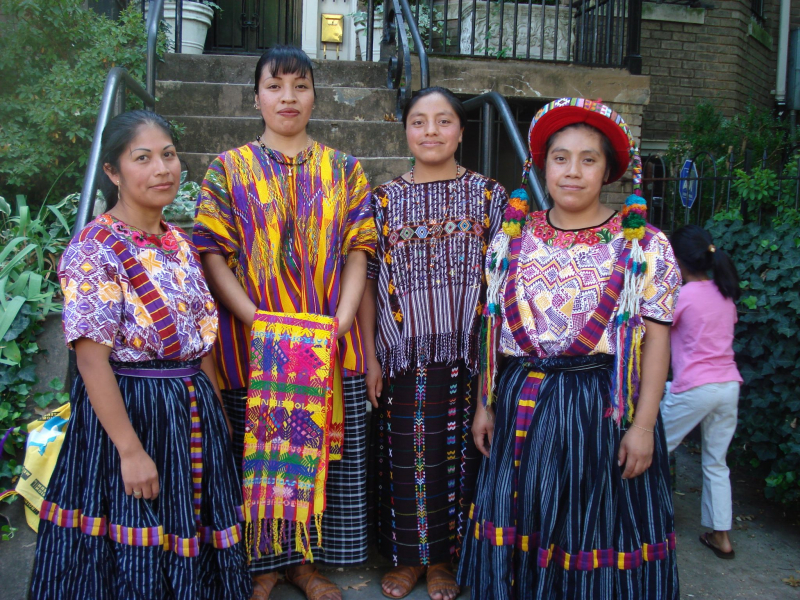
pinterest.com 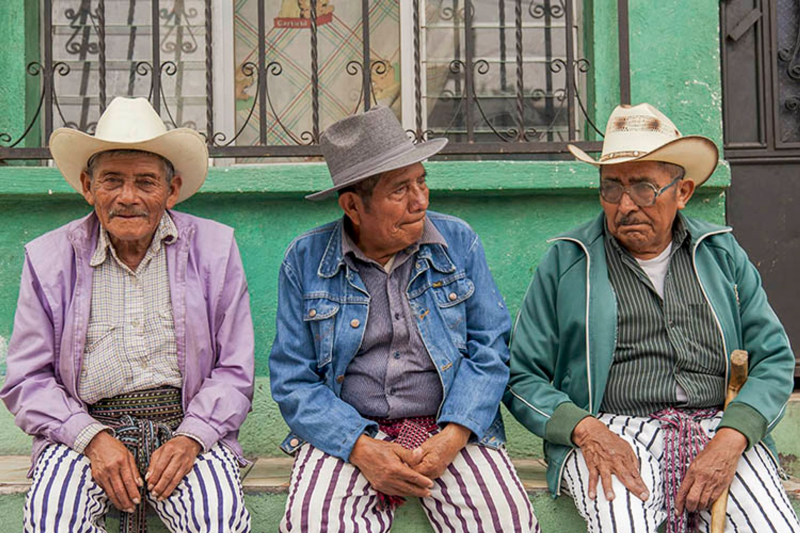
amazingplaces.com -
In Guatemala, Semana Santa is a great celebration. Throughout the week, processions go through the city from towns near Antigua. On the city's cobblestone streets, visitors spend hours creating vibrant alfombras, or "carpets," made of sawdust. Alfombras are routinely trampled on by processions as part of a long-standing custom. Every community in Guatemala honors its own patron saint. The celebration includes traditional dances and other cultural performances. In addition, locals frequently sell their handmade goods during the festivities.
The Day of the Dead, also known as Dia de Los Muertos, is a yearly event that takes place on November first. Despite the name's potential for fear, it's actually a season of remembering. Families visit the graves of their loved ones who have passed away and decorate the headstones with vibrant colors. Flying kites is a common pastime in Guatemala because November is one of the windiest months there.
Another Christmas custom in Guatemala involves people gathering outside to let off fireworks and fire weapons into the air. The spectacular explosions fill up the valley whether seen from above or when placed next to looming volcanoes. Sadly, five to ten people lose their lives each year as a result of gunshots that fall from the sky. Some cultural customs might benefit from revision.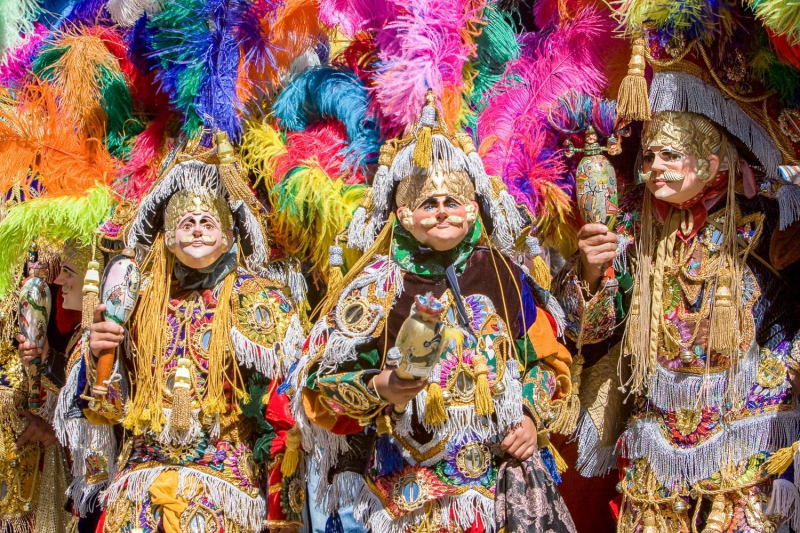
landedtravel.com 
landedtravel.com -
Three of Guatemala's more than 30 volcanoes are still active. If you want to watch lava flowing up close, go to Pacaya, which is close to Guatemala City. From Antigua, Guatemala, you can view Fuego, another active volcano, erupting every day. The highest point in Guatemala and all of Central America is Volcan Tajumulco.
The largest lake in Guatemala, Lago Izabal, is connected to the Caribbean Sea by the Rio Dulce (or Sweet River). Both the plant and animal life along the river and in the area around it are incredibly diverse. Manatees, monkeys, and many more animals may be seen there. From the lake to the sea, there is a scenic 90-minute boat ride, part of which is via high cliffs that are frequently populated by birds.
The Rio Cahabón and several limestone steppes have generated a number of natural lakes known as Semuc Champey (Sacred Water). When compared to the vividly green vegetation that surrounds it, the water's impossible blue color stands out even more strikingly. Despite growing in popularity, this location still has an off-the-beaten-path feel due of the distance required to get there.
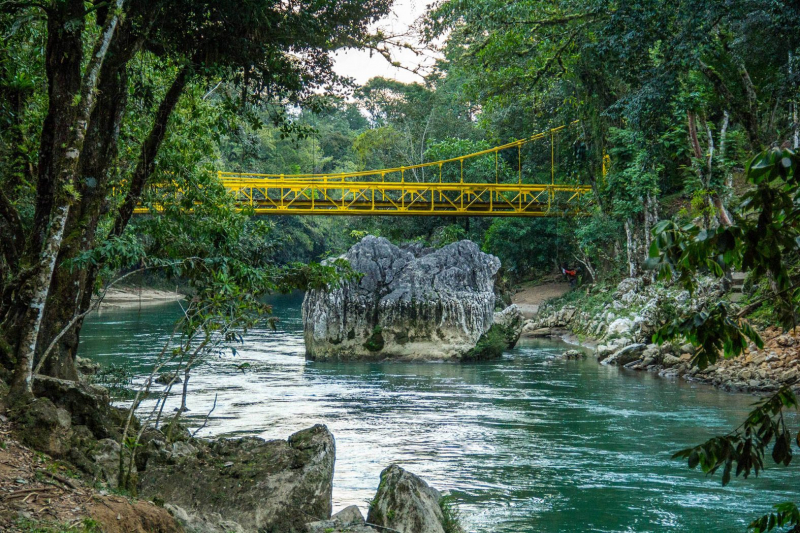
leisurecrew.com 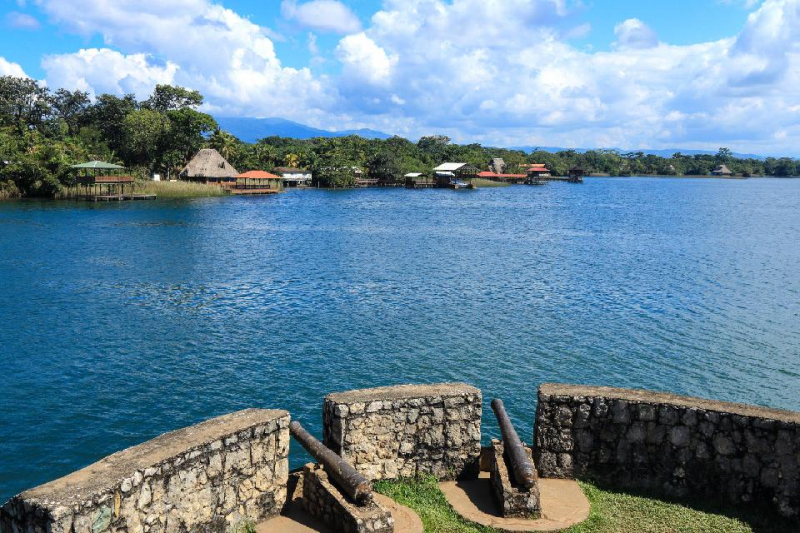
easyvoyage.co.uk -
There are now three UNESCO World Heritage Sites in Guatemala. The entire UNESCO World Heritage Site of Antigua, the nation's former capital, is full of colonial remains that were destroyed by earthquakes. The other two locations are Quirigua Ruins, which are close to Lago Izabal, and Tikal National Park, which lies in the country's northeast.
After being freed from Spanish domination in September 1821, Guatemala became a sovereign nation. El Salvador, Honduras, Nicaragua, and Costa Rica also attained independence at the same time as they did, so it is not the only nation. With the exception of Panama and Belize, Central America as a whole celebrates Independence Day.
Since 1821, Belize has been a territory claimed by Guatemala. Parts of Belize were annexed by Mexico and Guatemala after Guatemala proclaimed its independence from Spain. But British Honduras was officially acknowledged as a nation in 1862. Guatemala argued that the treaty that established Belize as a British colony was invalid since the conditions had not been satisfied in 1940. Despite Belize's 1981 declaration of independence, some politicians in Guatemala still view Belize as a part of their country.
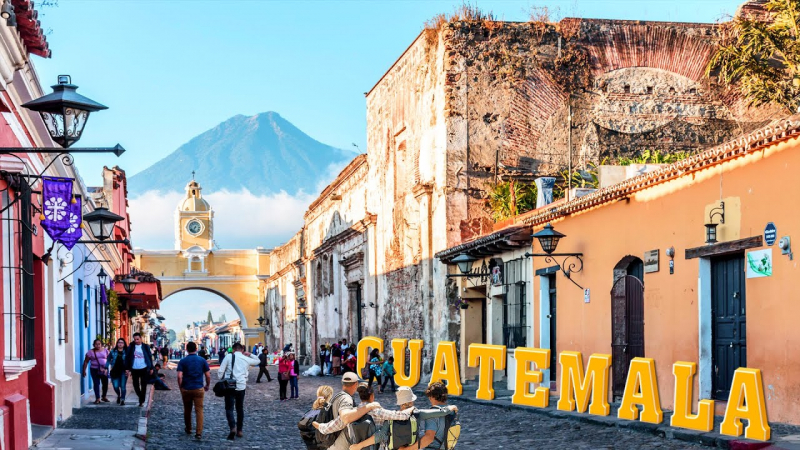
youtube.com 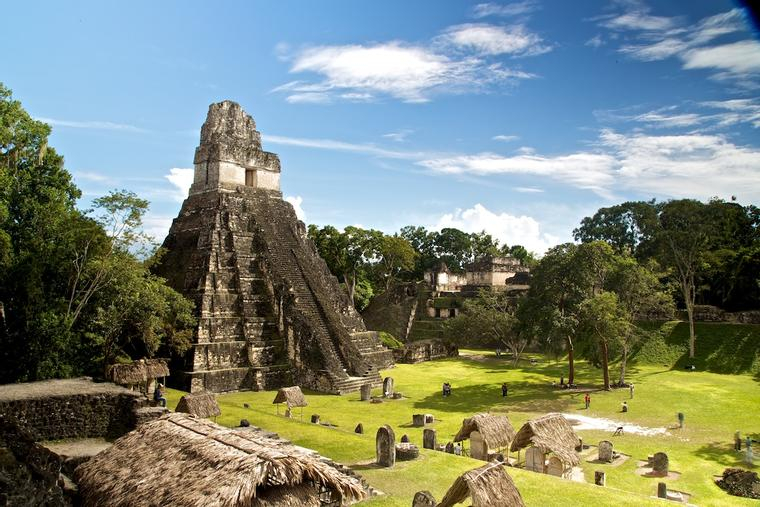
anywhere.com



























